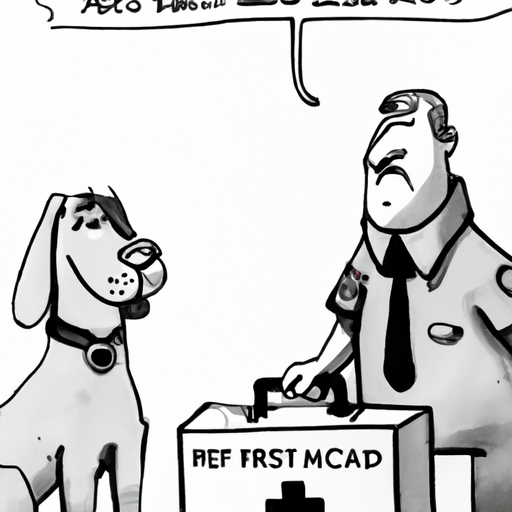A bleeding nail can be a stressful situation for both you and your furry friend. But don’t panic, by applying the right techniques, you can handle it with ease.
1. Stay Calm and Reassure Your Pet
First things first, remember to stay calm. Your dog picks up on your energy and if you’re panicked, they will be too.
- Speak in a soothing voice
- Pet them gently
- Show them that everything is okay
2. Identify the Source of the Bleeding
Before you can stop the bleeding, you need to identify where it’s coming from.
- Examine the nail closely
- Look for any signs of trauma
- Check each nail individually
3. Use Styptic Powder to Stop the Bleeding
Styptic powder is a great tool to have in your pet first aid kit. Here’s how to use it:
- Dip the bleeding nail into the powder
- Apply gentle pressure for a few minutes
- Reapply if necessary
| Steps | Instructions |
|---|---|
| 1 | Dip nail |
| 2 | Apply pressure |
| 3 | Reapply if necessary |
4. Keep the Area Clean
After the bleeding has stopped, it’s important to keep the area clean to prevent infection.
- Use a soft cloth to gently clean the area
- Apply a pet-friendly disinfectant
- Avoid letting your dog lick the wound
5. Monitor the Healing Process
Even after the bleeding has stopped and the wound is cleaned, it’s crucial to keep an eye on your pet’s paw.
- Watch for signs of infection
- Make sure your pet is not excessively licking or chewing at the wound
- If the wound does not seem to be healing or if your pet is in pain, seek veterinary attention
FAQ
Q: How long does it take for a dog’s nail to stop bleeding?
A: With the right care, it should stop within a few minutes.
Q: What can I use if I don’t have styptic powder?
A: Corn starch or flour can also help to clot the bleeding.
Q: When should I take my dog to the vet?
A: If the bleeding does not stop, the wound looks infected, or your dog is in pain, consult your vet immediately.
Q: Can a broken nail heal on its own?
A: Yes, but it’s crucial to keep it clean and monitored to avoid infection.
Q: Is a bleeding nail an emergency?
A: Not usually, but if the bleeding doesn’t stop, or if your pet is in severe pain or distress, seek veterinary help immediately.



